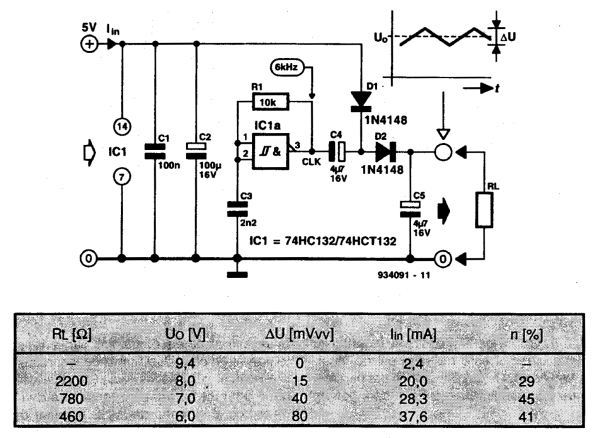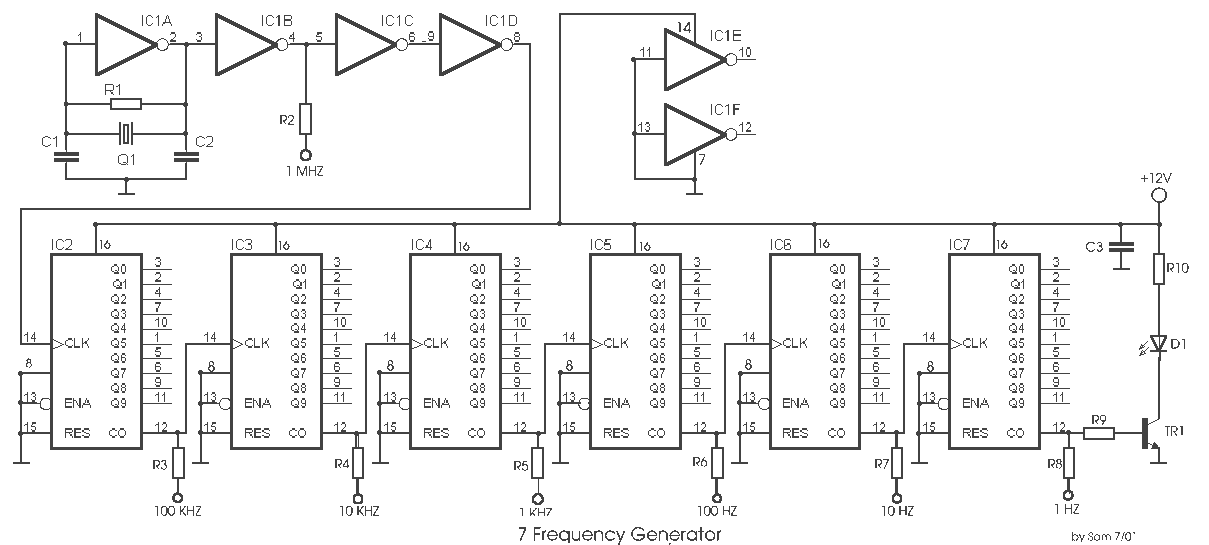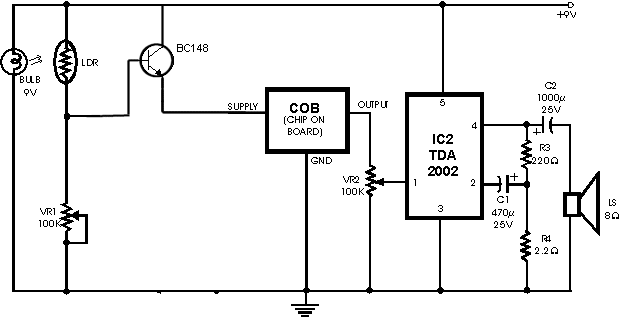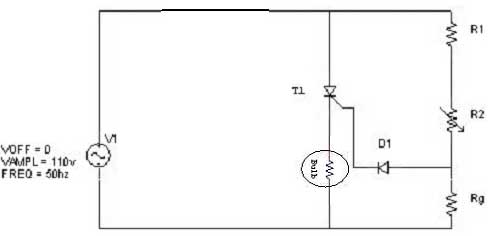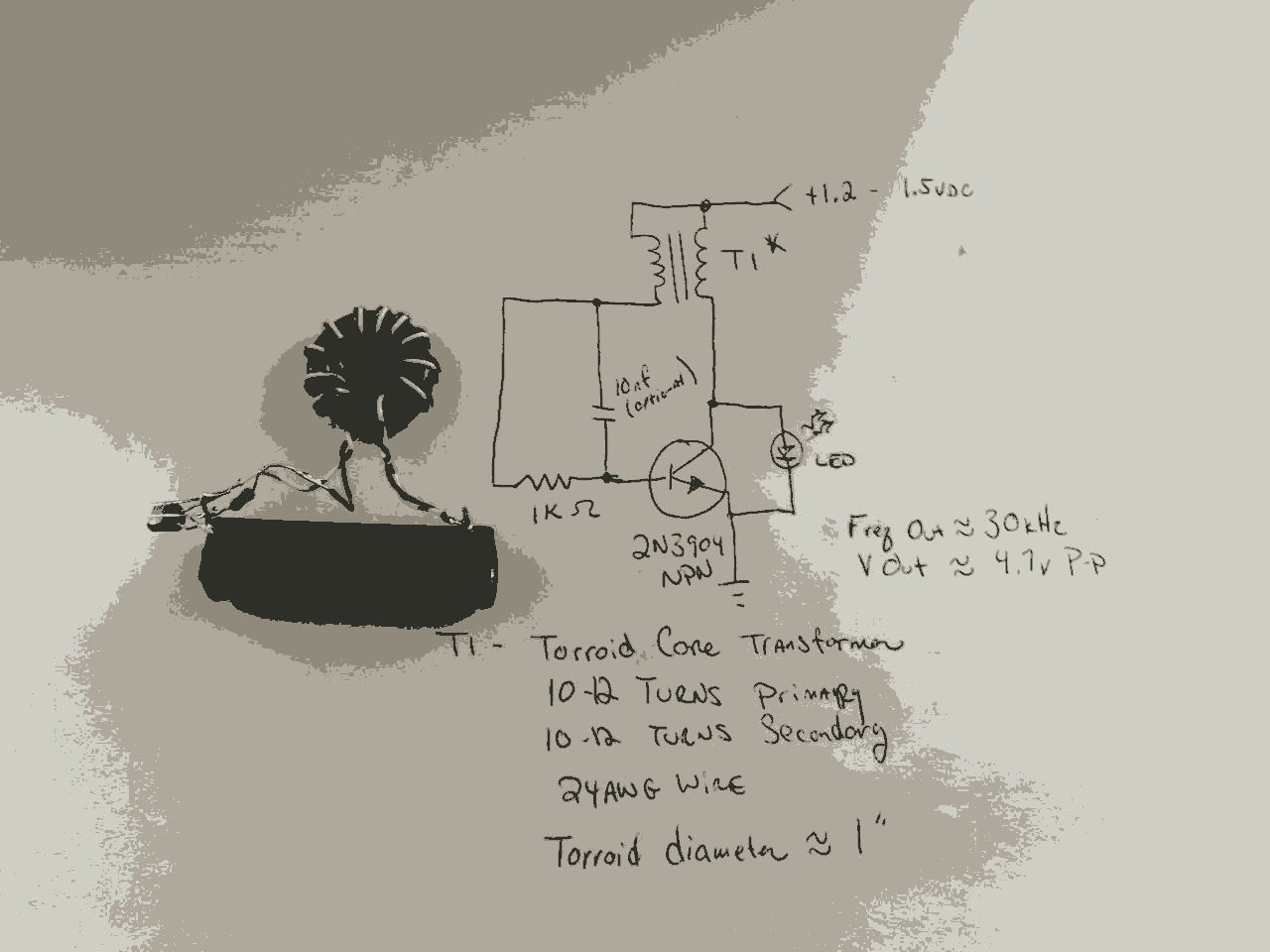
AC contactor DC transformer circuit a run
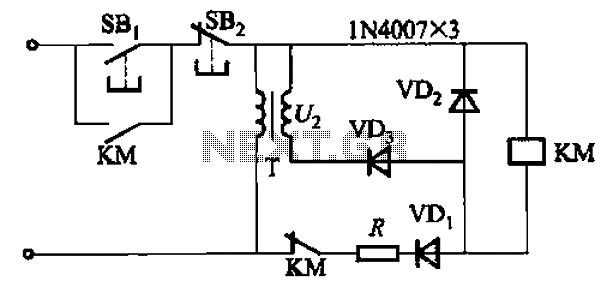
An AC contactor DC transformer circuit operates as a voltage regulator for AC applications. DC contactors come in various types.
AC contactors are electromechanical devices used to control the flow of electrical power in AC circuits. They function by opening and closing contacts to manage the power supply to various loads. The integration of a DC transformer in this circuit allows for the conversion of AC voltage to a regulated DC output, which can be utilized for powering DC loads or for further processing.
In this configuration, the AC voltage regulator circuit ensures that the output voltage remains stable despite fluctuations in the input voltage. This is particularly important in applications where sensitive electronic components are involved, as they require a consistent voltage level for optimal performance. The AC contactor is typically activated by a control circuit, which may include relays or microcontrollers that provide the necessary signals for operation.
DC contactors, which are used to control DC loads, are available in different types based on their operational characteristics, such as normally open (NO) or normally closed (NC) configurations. The choice of contactor type depends on the specific application requirements, including the load characteristics and the desired control logic.
Overall, the combination of an AC contactor with a DC transformer and a voltage regulator circuit provides a robust solution for managing electrical power in various applications, enhancing reliability and efficiency in electrical systems.AC contactor DC transformer circuit a run AC voltage regulator circuit operation DC contactors have a variety of types,
AC contactors are electromechanical devices used to control the flow of electrical power in AC circuits. They function by opening and closing contacts to manage the power supply to various loads. The integration of a DC transformer in this circuit allows for the conversion of AC voltage to a regulated DC output, which can be utilized for powering DC loads or for further processing.
In this configuration, the AC voltage regulator circuit ensures that the output voltage remains stable despite fluctuations in the input voltage. This is particularly important in applications where sensitive electronic components are involved, as they require a consistent voltage level for optimal performance. The AC contactor is typically activated by a control circuit, which may include relays or microcontrollers that provide the necessary signals for operation.
DC contactors, which are used to control DC loads, are available in different types based on their operational characteristics, such as normally open (NO) or normally closed (NC) configurations. The choice of contactor type depends on the specific application requirements, including the load characteristics and the desired control logic.
Overall, the combination of an AC contactor with a DC transformer and a voltage regulator circuit provides a robust solution for managing electrical power in various applications, enhancing reliability and efficiency in electrical systems.AC contactor DC transformer circuit a run AC voltage regulator circuit operation DC contactors have a variety of types,
